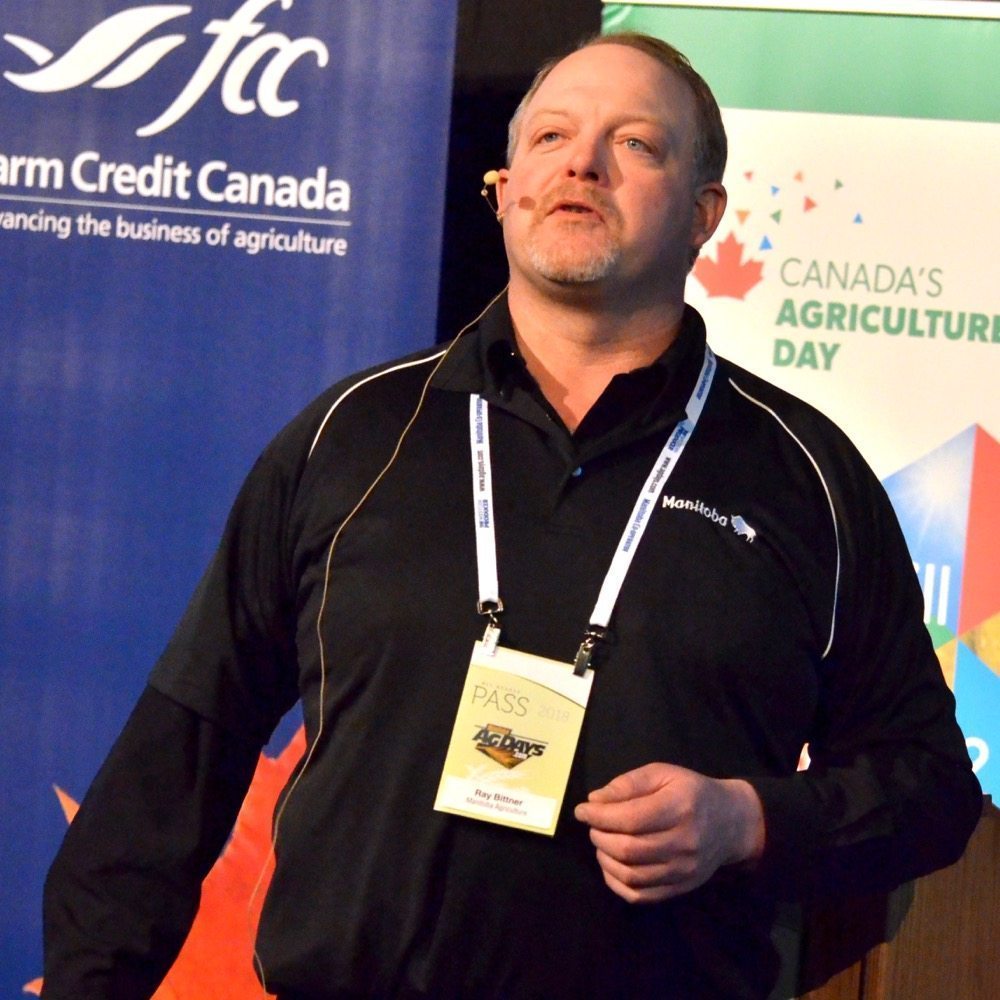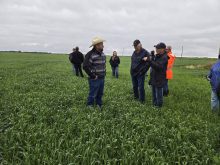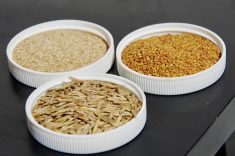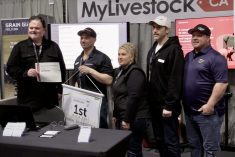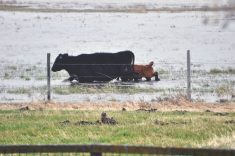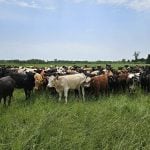It’s time to add a little fermentation to your feed plan.
That’s the message Manitoba Agriculture’s Ray Bittner had for his Ag Days audience. The livestock specialist centred his talk around maximized silage value.
Silage is old hat for producers in the Interlake, but its expense, and the fact that it often requires a custom cut, makes it less popular to the south where land is less prone to moisture problems.
“It can fit in, really, any different type of situation all the way from cow-calf to backgrounding to finishing animals,” Bittner said.
Read Also
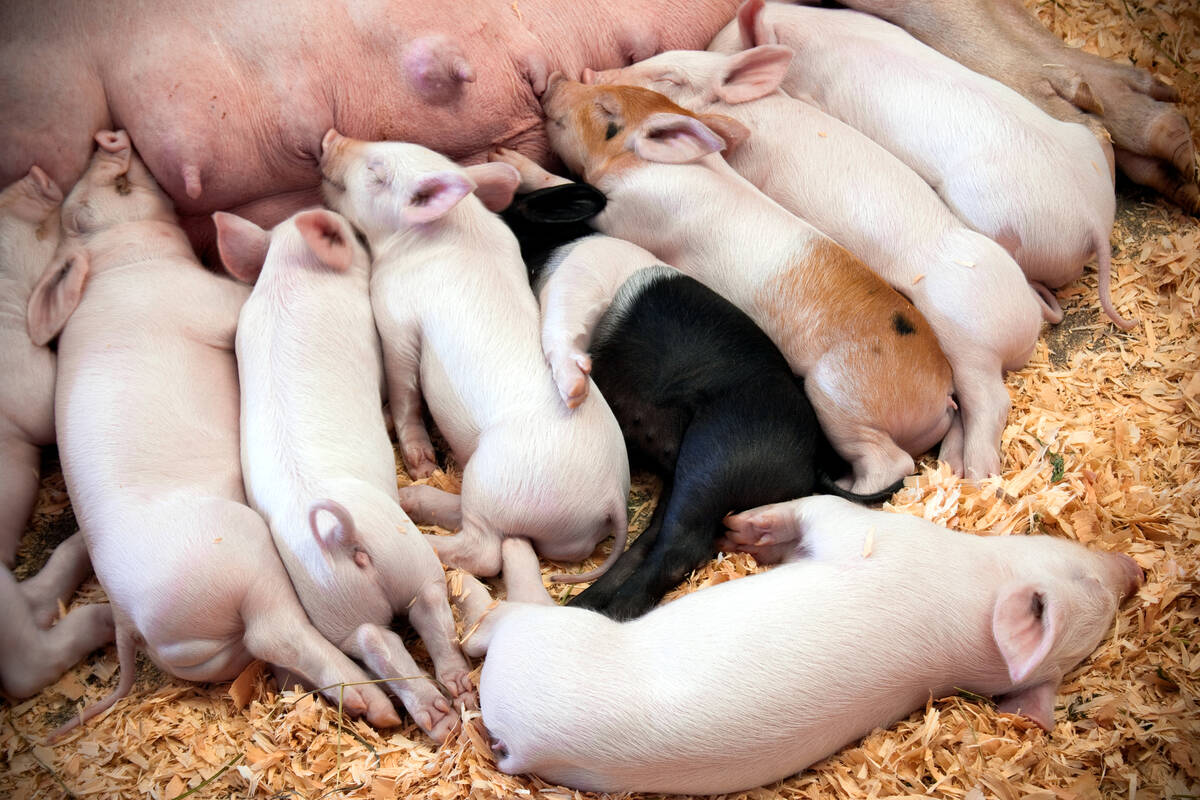
First-time pig mothers may need more lysine
Lysine feed recommendations may fall short for gilt pregnancies when it comes to making sure the mother pig can produce as much milk for her piglets as possible
Corn silage and barley silage are already known tools in finishing operations. Corn silage, in particular, is commonly cited by public and industry specialists and Manitoba Agriculture includes guidelines for both barley and corn silage finishing, along with hay.
“I think things like alfalfa silage for a cow-calf producer are a really good fit too, and the reason I say that is alfalfa silage provides the protein and calcium, real good amounts of it, and you can fill the rest of that diet on a gestating cow with straw or some really inexpensive feed just to fill the hole,” Bittner said.
Silage cost per acre is higher than hay, Bittner acknowledged, but better nutrition makes the expense worth it in his view.
In a test of 40,000 samples from 2007 to 2015, Manitoba Agriculture found that all types of silage outstripped dry hay in terms of digestible nutrients.
Kevin Duddridge, a cow-calf producer near Pansy, Man., agrees. Duddridge says he has turned to silage for his winter feeding for the past four years and has been pleased with the result.
From mid-October to June, Duddridge feeds his heard a mix of grass or grass-alfalfa and chopped corn silage.
The two feeds are normally cut half-and-half. The feeds are tested for nutritive value each fall and the mix is adjusted as needed though the winter for temperature, dry matter needs and reproductive cycle.
“You target what you want to feed,” he said. “What level of protein, what level of energy do you want? It’s like working in your kitchen.”
Making it work
Ration is part of the answer when it comes to making that higher cost more palatable, Bittner said. Quality alfalfa silage can be mixed half and half with straw.
Harvesting early will also be key to capturing the most return, he said. An early cut generally means higher silage quality, less waste, better digestible feed and opens the door for an extra cut.
“Just like anything else, preparation is key,” he said. “If you live on very soft land that you know during spring break-up is going to be very soft—The mud is just going to break down. You can’t travel with heavy vehicles over it—chopped silage may not be for you at that time of year.”
Read more about Ag Days 2018 in upcoming issues of the Manitoba Co-operator.
This year’s show runs from Jan 16-18. Minute-to-minute coverage can be found on Twitter at @MBCooperator, @AlexisStockford or @allanreporter (Allan Dawson).






